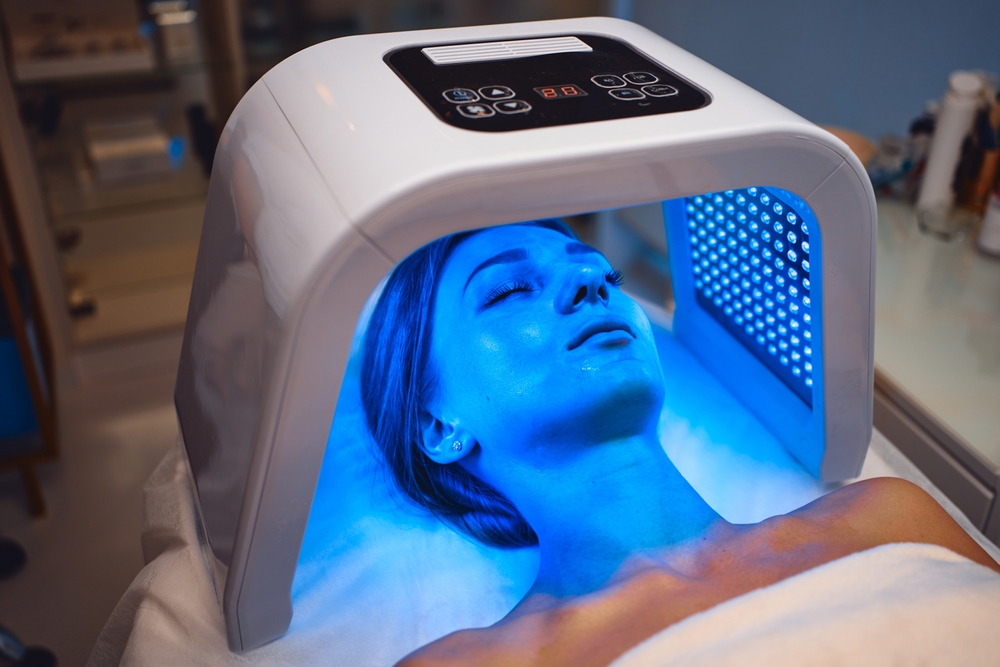LED Masks for Skin Care: How Light Therapy Masks Work
LED masks are wearable devices that deliver controlled wavelengths of light to the face to influence cellular processes in the skin. Popular for at-home facial routines and professional treatments alike, these masks use combinations of red, blue, and near-infrared light to target concerns such as inflammation, acne, and signs of aging. This article explains how LED light works in skin care, what results to expect, safety considerations, and practical tips for using a mask as part of a facial routine.

This article is for informational purposes only and should not be considered medical advice. Please consult a qualified healthcare professional for personalized guidance and treatment.
What is LED light therapy for skin care?
LED light therapy involves exposing the skin to specific wavelengths of visible or near-infrared light. Different wavelengths penetrate to varying skin depths and can interact with cells in distinct ways. Red light (longer wavelengths) is commonly associated with effects on collagen-producing cells, while blue light (shorter wavelengths) is often used to reduce surface bacteria linked with acne. Near-infrared light reaches deeper tissues and may be combined with red light in some systems. The technology is non-ablative and does not rely on UV radiation, which is why it is considered a gentler option in many skin care protocols.
How does an LED mask work during a facial session?
An LED mask typically contains arrays of diodes that emit narrow-band light when the device is powered on. During a session, light energy is absorbed by chromophores in skin cells, which can influence cellular signaling and metabolic activity. Masks are designed to cover most of the face, providing even exposure without direct heat or lasers. Typical at-home sessions last from 10 to 20 minutes, with frequency recommendations varying by manufacturer. In professional settings, LED is often combined with cleansing, serums, or other modalities to create a comprehensive facial protocol tailored to a client’s skin type and goals.
Which skin care concerns can an LED mask address?
LED masks are most commonly used for concerns like mild inflammatory conditions, acne-prone skin, and early signs of aging. Red and near-infrared wavelengths are frequently used to target collagen production and skin tone, potentially improving firmness and texture over time. Blue light is used to reduce the presence of certain surface bacteria that contribute to breakouts. Results tend to be gradual and cumulative—users usually need multiple sessions over several weeks to notice changes. Outcomes vary by individual and depend on device wavelength, intensity, session frequency, and concurrent skin care practices.
Is using an LED mask safe and who should be cautious?
LED masks are generally considered low-risk because they do not emit UV light and are non-thermal at recommended settings. However, safety considerations include protecting the eyes (many masks include built-in eye shields) and avoiding use if you have a light-sensitive condition. People taking photosensitizing medications, those with epilepsy triggered by flashing lights, or individuals with certain medical implants should consult a healthcare provider. Pregnant people may also prefer to check with their clinician before starting light therapy. Always follow manufacturer safety instructions and stop use if you experience irritation or unusual symptoms.
How to choose and use a mask in your skin care routine
When selecting an LED mask, prioritize transparent specifications: listed wavelengths (nanometers), recommended usage times, and any regulatory clearances or certifications in your area. Look for masks that provide manufacturer instructions for cleaning and safe operation. Start conservatively—shorter sessions at lower frequency—and track how your skin responds. Combine mask sessions with appropriate skincare: gentle cleansing and a hydrating serum are common pairings. If you’re working with a dermatologist or aesthetician, discuss how an LED mask might fit into professional treatments to ensure compatibility and avoid overstimulation.
Conclusion
LED masks offer a non-invasive option for adding light therapy to facial and skin care routines, with different wavelengths targeting distinct skin processes. Evidence suggests potential benefits for inflammation, acne, and skin texture when used consistently, but results are gradual and individual. Safety depends on device quality, user adherence to instructions, and personal health factors. For tailored advice, consult a qualified healthcare or skin care professional before starting regular LED mask treatments.






